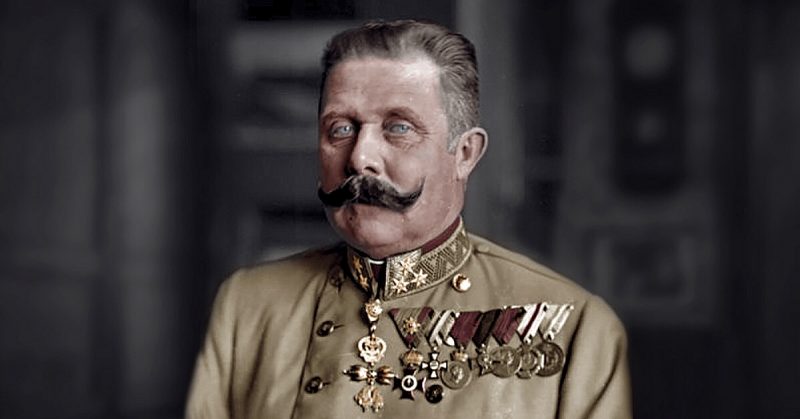World War I, or “the war to end all wars” as it was commonly termed at the time, was ignited by the assassination of Archduke Franz Ferdinand — the heir to the Austro-Hungarian Empire — in Sarajevo, Bosnia.
The assassins were part of a secret society called the Black Hand, who wanted Bosnia-Herzegovina to gain independence from Austro-Hungarian control, so that they could form their own union with Serbia.
When it was made public that the Archduke and his wife would be making a visit to Sarajevo, members of the Black Hand went to the city with the intention of killing Ferdinand.
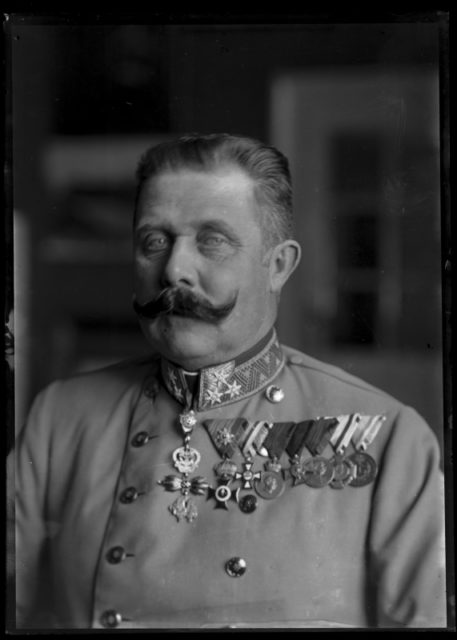
The Archduke and his wife, Countess Sophie, had been invited to the opening of a hospital on Sunday June 28, 1914. Six Black Hand conspirators took up positions along the route they would be following from the train station to the hospital.
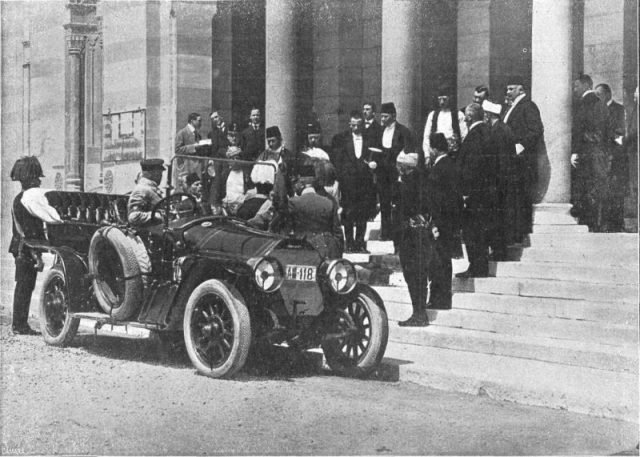
One conspirator threw a hand grenade at the dignitary’s car, but the driver saw it, and managed to evade it. The grenade went off under the car behind them, injuring several of the occupants, and costing four other conspirators opportunities to make another attempt.
Later that day, the Archduke decided to go visit the injured members of his party at the hospital. His driver took a wrong turn, which allowed another conspirator to have a chance. That man, Gavrilo Princip, shot and killed both the Archduke and his wife. This was the critical incident which finally lit the touchpaper on the July Crisis, tipping the unstable balance of alliances and counter-alliances into WWI.
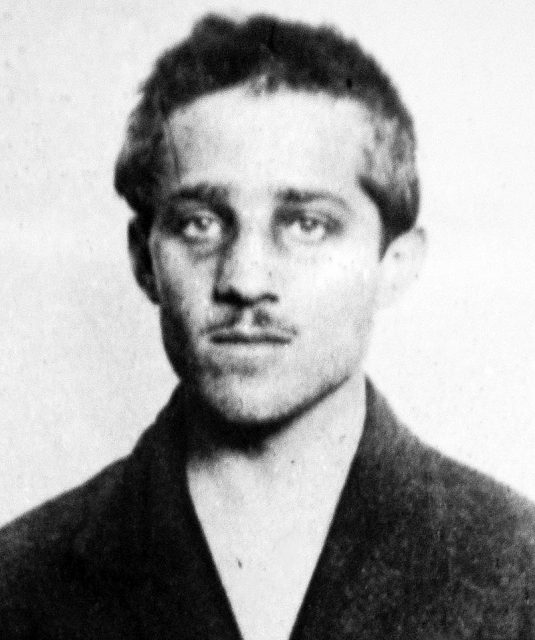
According to We Are the Mighty, it’s somewhat surprising that the assassination succeeded at all. First of all, Captain Dragutin Dimitrijević, also known as Apis, was the leader of the Black Hand. He gave the go-ahead for an attempt on the life of the Austrian Heir, and assigned the mission to a sub-group of the main organization, called Young Bosnia.
He did this without agreement from the full Executive Committee and then left for Sarajevo to meet with the conspirators. When everyone had gathered in Sarajevo, they spent a month idle, as they were having trouble obtaining weapons, suicide pills, explosives, or cash. Eventually, they managed to scrape together six grenades and four FN Model 1910 pistols. They would use most of the ammunition they had to practice, and they did it in a city park.
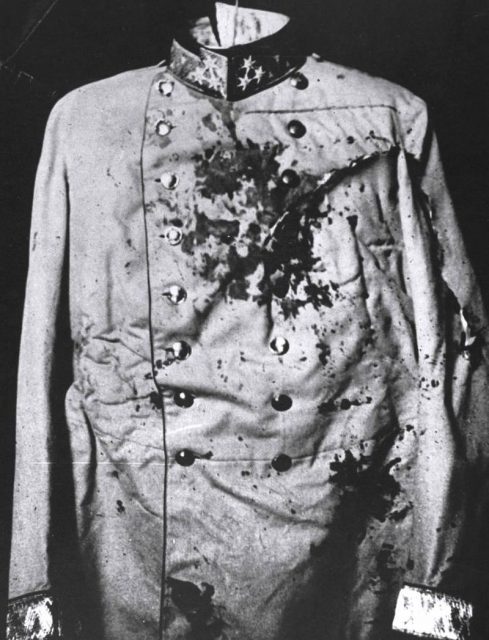
The second issue was that Franz Ferdinand was not the original intended target. The intended target was the Bosnian governor, Oskar Potiorek. The plan for Potiorek’s assassination was put aside when the conspirators couldn’t get the weapons they needed, and they decided instead to kill the Archduke. As a side note, Potiorek rode in the same car as the visiting dignitary that day, and was completely untouched.
The group of conspirators consisted of six young men, several of whom were dying of tuberculosis and weren’t afraid of losing their lives if the attempt was uncovered. One of the young men, Nedeljko Čabrinović, was considered to be unreliable by his peers, according to History in an Hour.
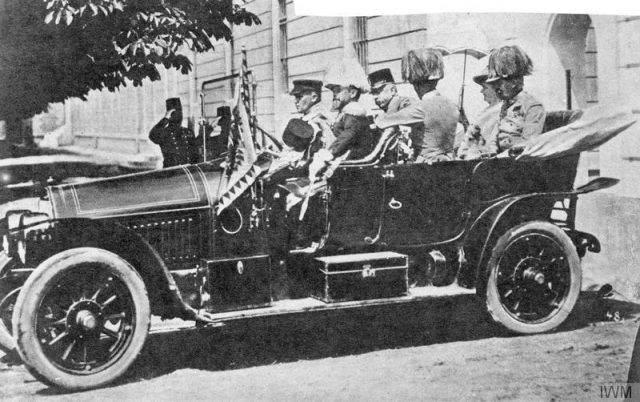
On the way to execute the plan, he reportedly met a friend, had his photo taken, and stopped to flirt with some girls. All of the would-be assassins were very young men, dedicated to their ideals, and stirred up by Apis — who remained in the shadows and away from the action.
When Ferdinand’s car was finally driving along the route, five of the six conspirators lost their nerve. Čabrinović, however, threw his grenade at the car. The grenade had a ten-second delay, and the driver managed to evade it. It detonated under the wheel of the car behind them in the cavalcade, wounding a couple of passengers.
Čabrinović fled the scene, taking a cyanide pill and jumping into the river below. He didn’t die, as the cyanide pill was too old to still be lethal, and the river into which he jumped was only a few inches deep. Instead of being a hero martyr, he was apprehended by the police.
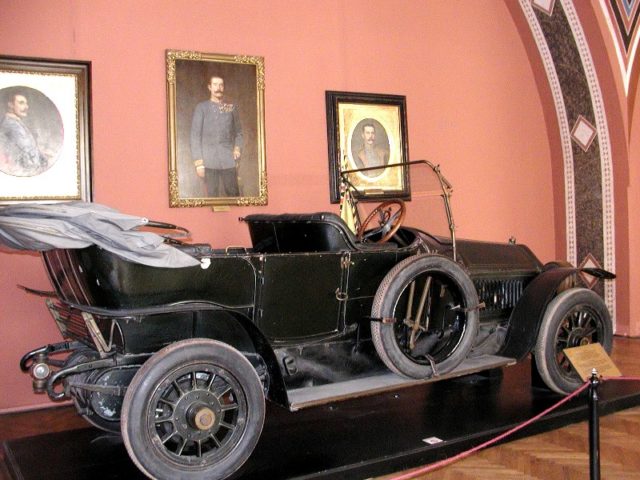
When the Archduke decided to go to the hospital before leaving Sarajevo, to visit the people who were injured when the grenade went off, Governor Potiorek urged them to take a different route for safety.
But no one told the driver. On the way, Ferdinand’s vehicle stopped, coincidentally, just feet away from Gavrilo Princip, who fatally shot the Archduke.
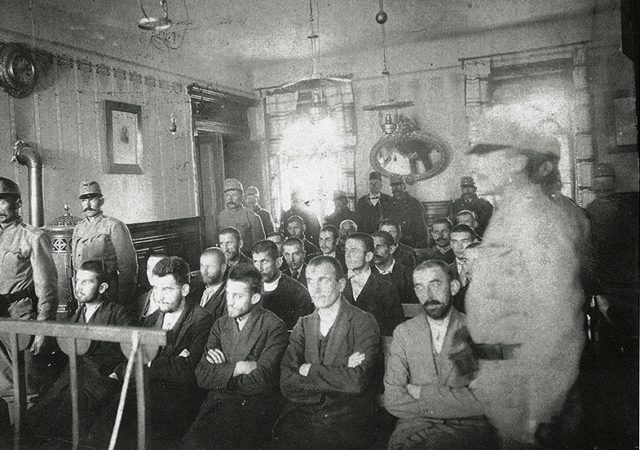
He tried to shoot the governor as well, but missed, instead fatally wounding Ferdinand’s pregnant wife. Princip, like Čabrinović, tried to commit suicide, but his cyanide capsule failed, too, and police got his gun away from him before he could shoot himself. He was also apprehended.
Both men were too young to be executed by law, as they were still in their teens. Instead, they died of tuberculosis, in prison.
It’s astounding how many places the assassination could have gone awry. The Young Bosnia group could have never found any weapons at all. Ferdinand could have left Sarajevo without deciding to make the hospital visit. His driver could have chosen a different route. The assassins’ suicides could have been successful and the plot remain unknown.
Read another story from us: A Descendant of Napoleon Bonaparte Founded the FBI
Any of these events might have meant a very different course of history. Despite it all, though, Archduke Ferdinand was killed, kicking off a war like the world had never seen.
